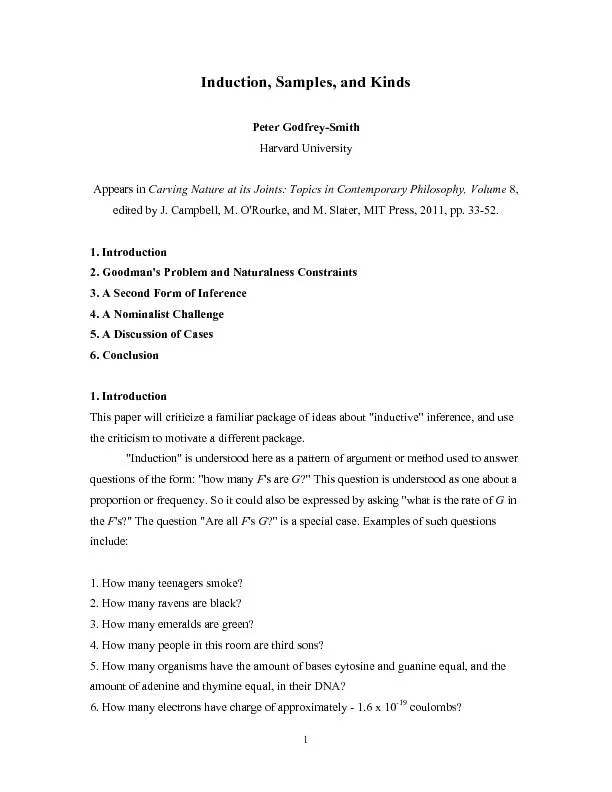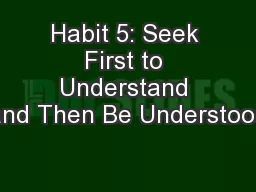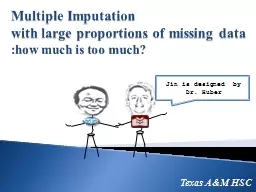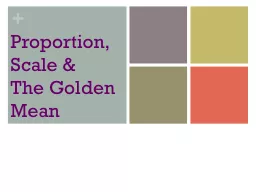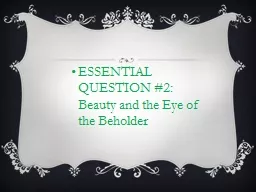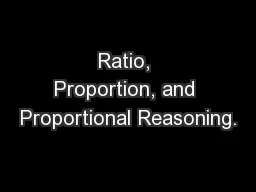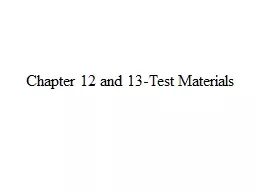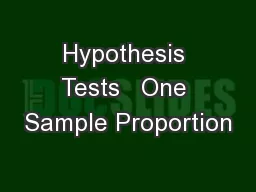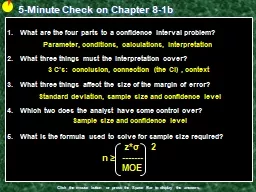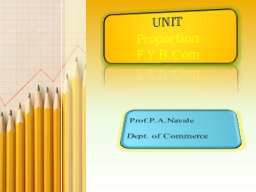PDF-'s are G?" This question is understood as one about a proportion or fr
Author : jane-oiler | Published Date : 2016-06-19
There are lots of ways of answering such questions In induction the questions are answered by noting the relation between F and G in observed cases and making some
Presentation Embed Code
Download Presentation
Download Presentation The PPT/PDF document "'s are G?" This question is understood a..." is the property of its rightful owner. Permission is granted to download and print the materials on this website for personal, non-commercial use only, and to display it on your personal computer provided you do not modify the materials and that you retain all copyright notices contained in the materials. By downloading content from our website, you accept the terms of this agreement.
's are G?" This question is understood as one about a proportion or fr: Transcript
Download Rules Of Document
"'s are G?" This question is understood as one about a proportion or fr"The content belongs to its owner. You may download and print it for personal use, without modification, and keep all copyright notices. By downloading, you agree to these terms.
Related Documents

